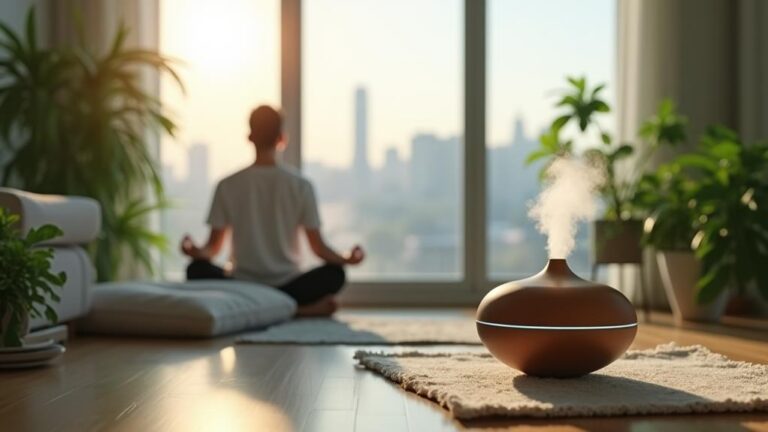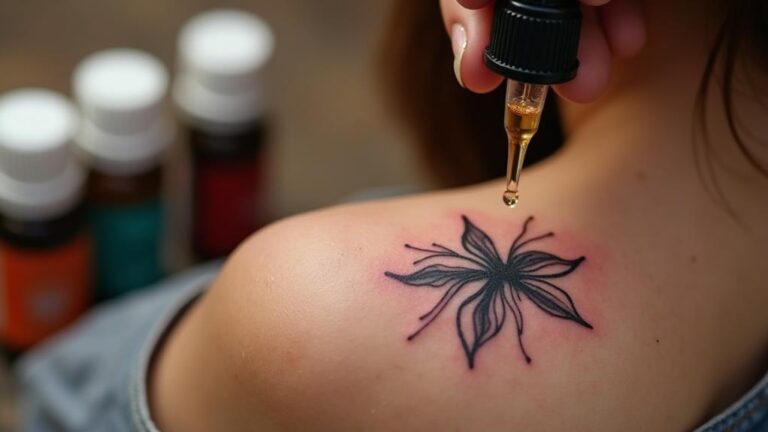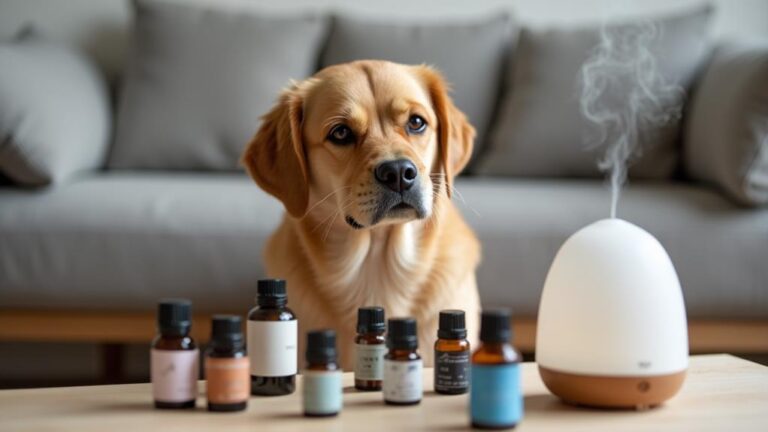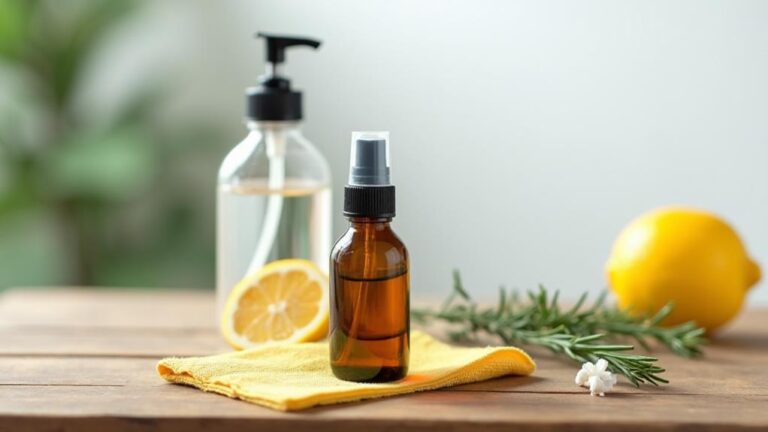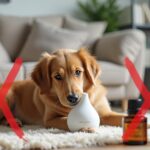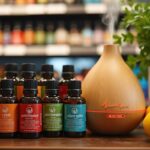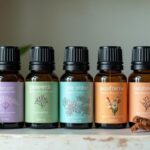You're looking for ways to unwind after a long day, and you're seeking a natural energy boost to kickstart your morning. Whether you want to calm your mind, ease congestion, or invigorate your senses, essential oils can help. In fact, using a diffuser can be an excellent way to harness their benefits. But with so many options available, it can be difficult to choose the right oils. Three stand out for their unique properties and uses – but what are they, and how can you use them to enhance your well-being?
Key Takeaways
- Lavender oil promotes relaxation and improves sleep quality, making it ideal for bedtime use in a diffuser.
- Tea tree oil's antimicrobial properties reduce airborne pathogens, making it suitable for use during cold and flu seasons.
- Peppermint oil's invigorating scent promotes mental focus and clarity, making it perfect for morning or workday use in a diffuser.
- Combining lavender and tea tree oils can create a calming environment and alleviate respiratory discomfort.
- Adding peppermint oil to lavender or tea tree oil blends can enhance their benefits and promote a sense of calm and focus.
Lavender Oil for Relaxation
By incorporating lavender oil into your diffuser, you can create a peaceful atmosphere that promotes relaxation.
It's especially useful as a sleep aid, helping you fall asleep faster and improving the quality of your sleep. To use lavender oil effectively, add a few drops to your diffuser about 30 minutes before bedtime.
You can also combine it with other calming oils, such as chamomile or bergamot, to enhance its effects.
Lavender oil's benefits aren't limited to sleep.
It can also help alleviate anxiety and stress during the day. By using a diffuser with lavender oil, you can create a calming environment that promotes relaxation and reduces feelings of overwhelm.
This makes it an excellent addition to any workspace or home.
Tea Tree Oil Benefits
You've likely encountered tea tree oil in skincare products and natural remedies, but its benefits extend far beyond topical applications. When used in a diffuser, tea tree oil can have a significant impact on your overall well-being. Its antimicrobial properties can help to reduce the spread of germs and bacteria in the air, creating a healthier environment for you and your family.
| Airborne Pathogens | Symptoms | Tea Tree Oil Benefits |
|---|---|---|
| Influenza | Coughing, sneezing | Reduces airborne transmission |
| Common cold | Congestion, sinus pressure | Eases respiratory discomfort |
| Allergies | Itchy eyes, sneezing | Relieves allergy symptoms |
Tea tree oil's benefits also extend to tea tree skin care and natural remedies. When combined with other essential oils in a diffuser, it can promote a sense of calm and relaxation. Its natural decongestant properties can also help to relieve sinus pressure and promote easier breathing. By incorporating tea tree oil into your diffuser routine, you can create a healthier and more balanced environment that promotes overall well-being.
Peppermint Oil Uses
Peppermint oil's invigorating scent can be a rejuvenating complement to the antimicrobial properties of tea tree oil, creating a well-rounded diffuser blend that promotes both physical and mental well-being.
When you diffuse peppermint oil, its menthol content can help increase oxygen flow to the brain, enhancing mental focus techniques and improving concentration. This makes it an excellent choice for students, professionals, and anyone looking to boost their mental clarity.
In addition to its cognitive benefits, peppermint oil can also provide relief to the digestive system. Its natural anti-inflammatory properties can help soothe digestive issues such as bloating, cramps, and gas.
When diffused, peppermint oil can also help alleviate nausea and headaches associated with digestive problems. To use peppermint oil in your diffuser, mix a few drops with other essential oils like lavender or chamomile to create a calming and revitalizing blend.
Remember to always dilute peppermint oil with a carrier oil if you plan to apply it topically, as it can be irritating to the skin in its pure form. With its numerous benefits, peppermint oil is an excellent addition to any diffuser blend.
Frequently Asked Questions
Can I Use Essential Oils in a Humidifier?
When using a humidifier, consider its characteristics to determine if it's suitable for essential oils. Some models require oil conversion to prevent damage, while others have built-in oil trays for safe use.
How Often Should I Clean My Diffuser?
Imagine a stagnant pond – that's what your diffuser becomes if not cleaned regularly. You should clean it every 3-5 uses, descale every 3 months, and replace internal parts as per manufacturer's replacement guidelines.
Can I Use Food-Grade Oils in a Diffuser?
When using food-grade oils, you're likely considering flavor impact in recipes, but in a diffuser, oil quality matters. Typically, aromatherapy-grade oils are preferred for their purity, ensuring a more therapeutic and consistent experience for you.
Are Essential Oils Safe for Pets and Children?
You're likely unaware that over 75,000 children ingest essential oils annually. When it comes to your pets and kids, you must be cautious – pet toxicity signs can be severe, and essential oils can also affect child behavioral effects.
Can I Mix Different Carrier Oils in a Diffuser?
You can blend different carrier oils, exploring vegetable blending to create unique oil combinations. Mix jojoba and sweet almond oil for skin benefits or combine coconut and olive oil for a nourishing blend.
Conclusion
You've discovered the key to a harmonious haven with these three essential oils. By incorporating lavender, tea tree, and peppermint oils into your diffuser, you're creating a symphony of scents that work in perfect harmony to soothe your mind and body. Like a master conductor, you're orchestrating a blend of relaxation, clarity, and rejuvenation that sets the tone for a healthier, more balanced you.




